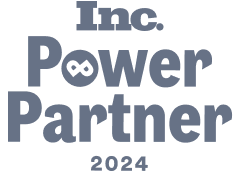The Top 5 Marketing Automation Strategies for Businesses
Marketing automation is the key to simplifying your marketing tasks and freeing your time to focus on bigger projects. With marketing automation strategies, you can get the most from your automation tools and maximize results for your business.
On this page, we’ll cover everything you need to know about marketing automation tactics, including:
Keep reading to learn more about marketing automation strategies! And if you aren’t sure where to start with your automation strategies, our team of over 500 marketing automation experts can help.
Contact us online or call us today at 888-601-5359 to learn more about how we can help you implement revenue-driving marketing automation strategies!
Join 200K smart marketers for the hottest marketing news and insights in your inbox. "*" indicates required fieldsDon’t miss our Marketing Manager Insider emails!
Inline Subscription Form


Why use marketing automation?
The returns on marketing automation are definite — 80% of marketing automation users saw an increase in leads with their strategies. Any business can implement marketing automation strategies to their advantage.
Here are three reasons companies use marketing automation strategies:
It saves time: By automating smaller tasks, you save a lot of time that you can put toward other work. For example, instead of manually sending emails, you can create automated replies that help keep you out of your inbox.
It improves efficiency: While marketers need breaks and time away from work, marketing automation tools can work around the clock. You can help your employees lessen their workload while keeping information moving.
It streamlines marketing management: You can better control and monitor your campaign with marketing automation. Automation helps you ensure task completion and opens analysis channels.
These benefits are only a few of the perks of marketing automation. With the right tools, strategy, and team, you can take your marketing plan to the next level and earn more back on every investment.
Key Takeaways
- Marketing automation saves time on smaller tasks
- Marketing automation improves efficiency for your team
- Marketing automation benefits your management
What can you automate with marketing automation?
So, what specific factors can you automate in your campaign?
Marketing automation can include everything from email to lead tracking. Below are a few different areas that can benefit from automation:
Email marketing campaigns: You can automate emails to send at a certain time or after a user completes an action, like signing up for company newsletters.
Social media posting: You can schedule your social media posts ahead of time and send automated messages to your customers whenever you’re away from the account.
Data collection: You can set up tools to automatically pool customer data into like groups.
Marketing automation strategies to use
Now that we understand the basics of marketing automation strategies, it’s time to look at specific examples of where you can implement them in your campaign. Here are eleven strategies you can use:
- Creating ideal customer profiles (ICPs) to set up audience targeting
- Establishing drip email campaign
- Scheduling social media posts
- Segmenting contacts into subgroups
- Adding chatbots to help with customer service
- Delivering personalized content
- Automating loyalty programs
- Sending abandoned cart reminders
- Running A/B tests to improve performance
- Measuring campaign performance
- Tracking and analyzing competitors
1. Creating ICPs to set up audience targeting
An ICP defines the behaviors and characteristics of someone most likely to become your company’s customer. To create an ICP, you must analyze your current customer pool, any leads that have yet to convert, and who your marketing targets currently.
A customer relationship management (CRM) can help you set up ICP profiles to gather data automatically from your customers and site visitors. As your CRM collects more data, you can draw conclusions about customers and better target your audience.
Using a CRM like Nutshell makes it easy to set up ICPs, store their data, and only check in when you need to see how your company is performing.
2. Establishing drip email campaigns
Drip email marketing is the practice of sending sales-oriented messages to qualified recipients who have shown interest in your company.
You send an introduction email when someone signs up, then a follow-up email with more information a few weeks later, and a final email encouraging someone to contact you to set up a contract.
Drip email marketing is customizable, trackable, and ultra-specific. This means you can constantly build and rebuild your company’s marketing automation to best work for your customers.
So, how do you set up your drip email marketing campaign in the first place? Through the following steps:
Create content
Like most Internet marketing, the first step of drip email is creating content.
You’ll need pages on your site designed to convert new leads for different purposes. Most companies do this by creating a blog newsletter, which readers can sign up for right on the company blog:

Add calls to action (CTAs)
CTAs are concise phrases at the end of a page that tell someone what to do next. Most of the time, that means contacting your business or giving you their contact information. That brings someone one step closer to becoming a customer.
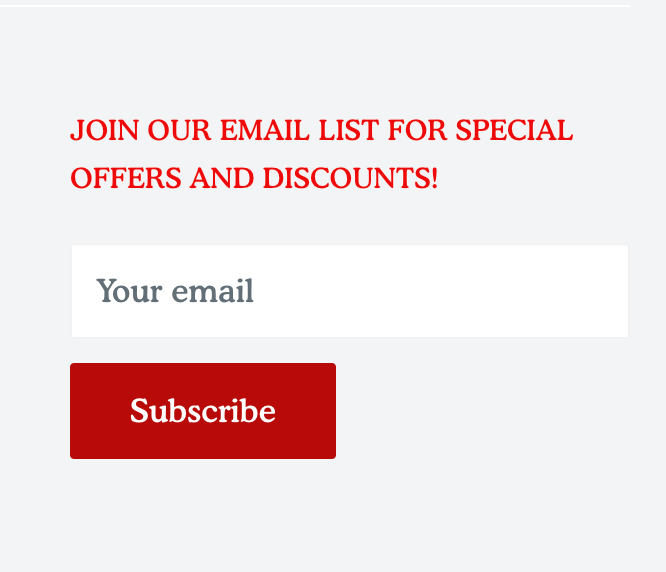
You can add form fields directly to your conversion pages to make it easier for visitors to sign up (like the example above). Another option is to funnel all your potential leads into a single contact page.
Set up your campaign
Once your pages are set up, you must connect them to your email marketing provider.
This means creating different lists for the pages you’ve created already. So, people who sign up for your blog newsletter will go into your newsletter list, and others who sign up on pricing pages can go into your leads list.
Then, you must create campaigns for each list. You might create a new message for your newsletter list every week or so, and those don’t have to be done too far in advance.
But for marketing automation to achieve its fullest potential, you should set up a structured campaign for lead-based lists.
Refine and test emails
As more people opt into your campaigns, you can see which messages do well at converting new customers and which could use improvements. This opens the door to A/B testing for your emails, which can seriously impact your overall revenue.
The idea is that you test different elements of your emails over periods of a few months to see if you can increase conversions by making minor tweaks here and there.
As you repeat this process for multiple email lists, you’ll become more efficient at converting new customers in every list. That reinforces your business’s position as an authority in your industry, and it also funnels more revenue to your bottom line.
Switch to full drip automation
While you can always customize your email campaigns for the best possible results, the point of marketing automation is to step back and watch your website convert its own new customers.
That’s why it’s important to let your marketing automation run on its own more often than testing it. When you do that, you’ll earn the passive customers you need to grow while working on other tasks that are more demanding.
This sets your company up to convert as many new customers as possible with as little effort as possible.
3. Scheduling social media posts
Another perk of using marketing automation is scheduling your social posts ahead of time.
Part of social media success involves posting regularly and at the right time. However, you might not always be available to launch your social posts at the best opportunity. With automation, you don’t have to worry about it!
Your social media scheduling tool will allow you upload your post ahead of time to have it ready to go whenever you need. This way, you can create posts in batches instead of constantly having social media on the forefront of your schedule.
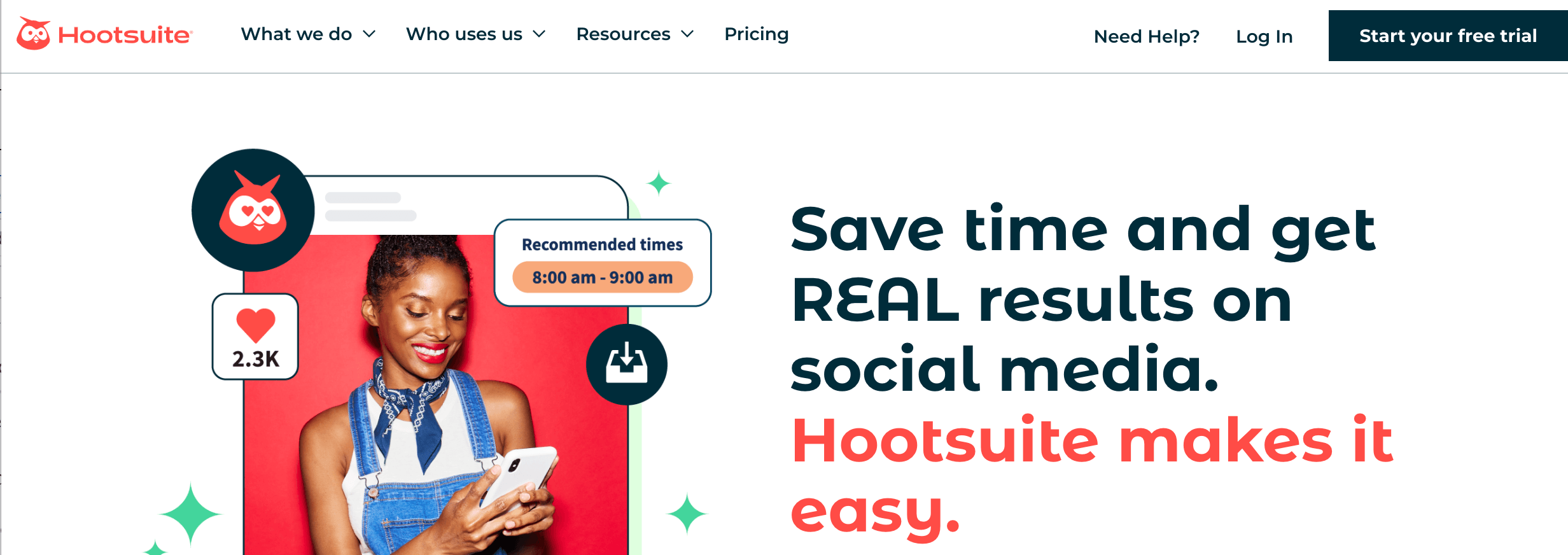
4. Segmenting contacts into subgroups
Segmenting your email contacts lets you target your message to specific groups. With automation, you don’t have to worry about sorting your contacts yourself — your email platform will do it for you!
In a nutshell, whenever someone willingly gives you their email address, you place them into an email marketing list to receive messages specific to their needs. You identify these needs by qualifying your leads above and locating patterns in your leads’ behaviors.
Then, you can create email lists that correspond to those leads’ pain points. That lets you set up individual email campaigns for customers depending on where they convert on your site.
So if someone signs up for your newsletter, they’ll get different messages from someone who gives you their contact information for a free quote.
It’s important to create these lists because not everyone comes to your site for the same reason. If you add every new email into a generic campaign, you won’t connect with your leads, and you might even get flagged for spam.
But when you segment your email marketing strategy into lists, you’ll have more success. You can have a separate list for your company updates, industry news, and — most importantly — drip campaigns.
5. Adding chatbots to help with customer service
If you have been online looking for answers about a product or service, you have likely encountered a chatbot:
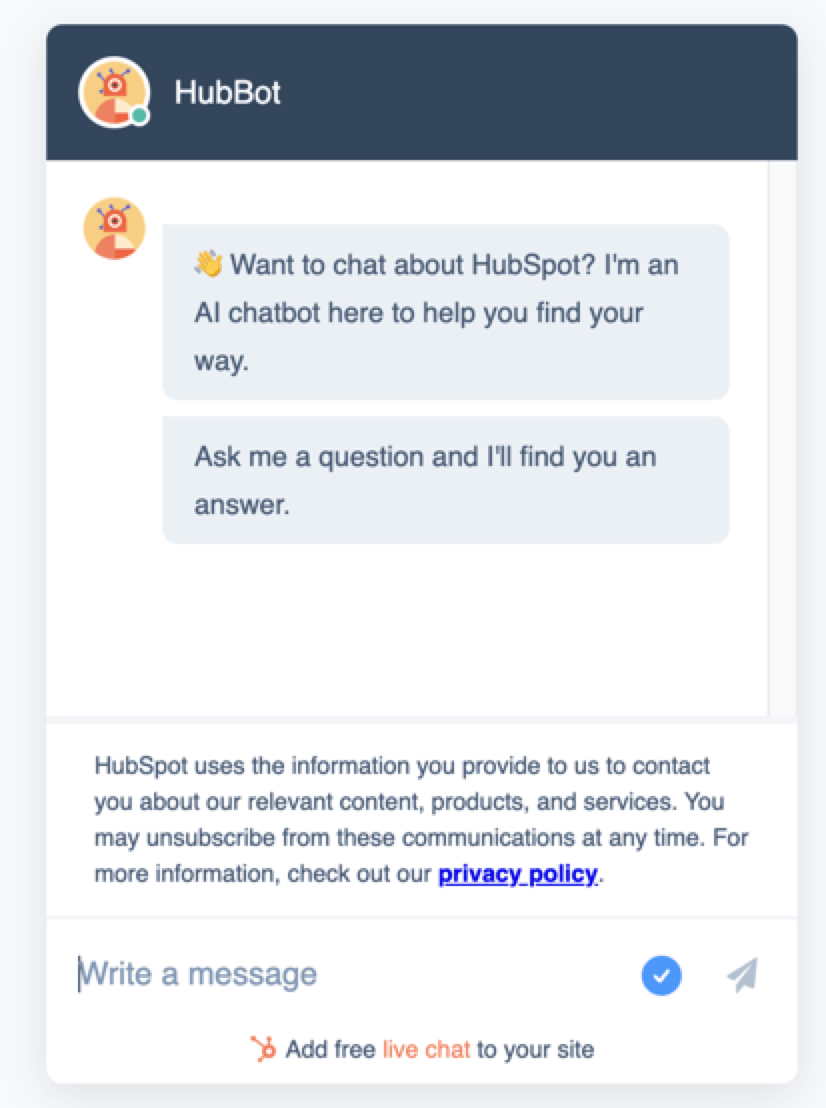
Adding automated chatbots to your site helps you field customer service questions before they make it to your team. Customers can often get the answer themselves and leave your site satisfied, all without talking to a team member.
Or, if the question is more extensive, you can access the chat and see what led them to your team, and improve your website to help with similar questions in the future potentially.
When you use automated customer service or post helpful content to your site, you can help your customers while saving time from your daily schedule.
6. Delivering personalized content
Personalization is a crucial component of successful marketing. With so many companies vying for customers’ attention, people don’t have time to waste with offers and materials irrelevant to their interests.
That’s why personalization is a crucial component of a successful marketing campaign. The problem, though, is that personalization takes time –– you need to create multiple marketing materials to cater to different segments of your audience.
With marketing automation, though, you can make personalization a breeze. You can set up workflows to automatically deliver content to segmented lists of contacts. It enables you to deliver promotional materials most relevant to those prospects.
By automating your marketing, you can deliver more personalized materials to prospects to generate more customers for your business.
7. Automating loyalty programs
Another marketing automation strategy you can use is automating your loyalty programs. Loyalty programs are a great way to create repeat customers that return to purchase from you.
Marketing automation can help you manage your loyalty programs better. You can use software to reward people automatically when they purchase. You can create workflows to determine the rewards they receive.
You can also use marketing automation software to send promotional emails for rewards. You can automatically send emails to join your rewards program, take advantage of special offers, and more.
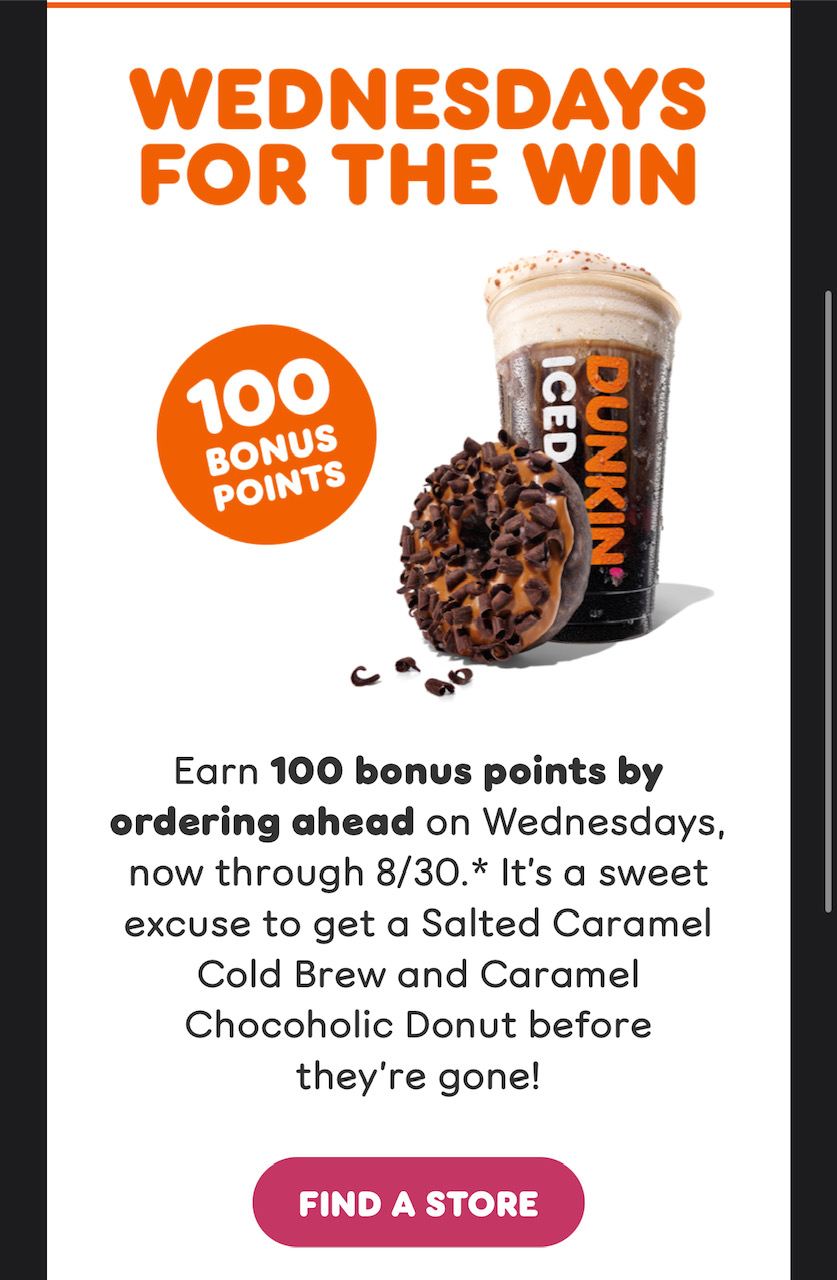
Marketing automation can help you maintain your loyalty program and get new people to join.
8. Sending abandoned cart email reminders
Did you know that almost 70% of shoppers abandon their carts? Many people will add products to their cart to buy but never complete their purchase. That doesn’t mean those sales are lost forever, though.
Marketing automation strategies enable you to get those prospects to return to their abandoned carts and complete their purchase. You can use marketing automation software to send abandoned cart emails and remind shoppers of the items they had.
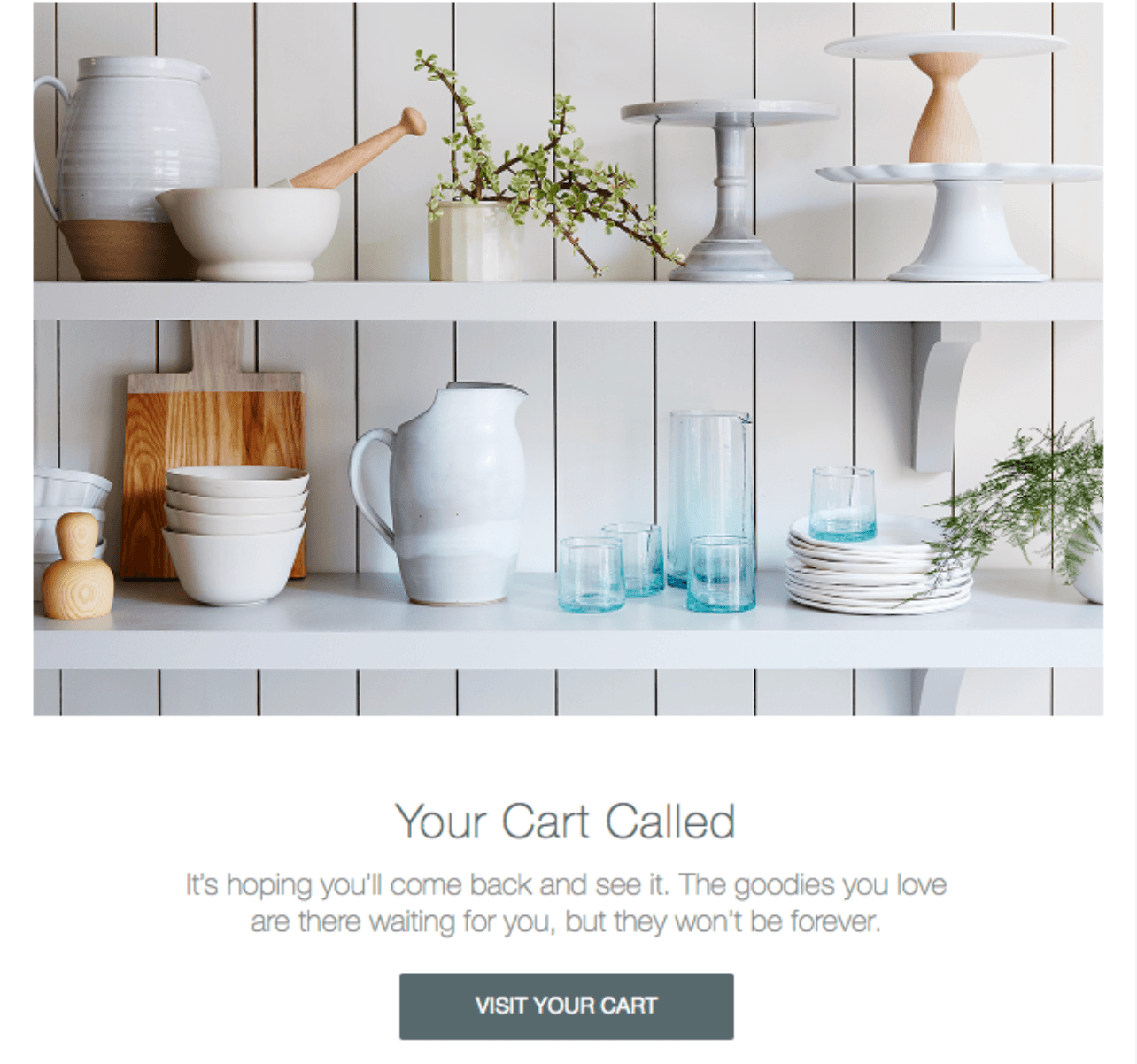
It’s an effective way to recover lost sales and boost your revenue.
9. Running A/B tests to improve your performance
To continue on this list of marketing automation strategies, let’s talk about using marketing automation for testing. Testing is one of the most crucial aspects of your marketing because it enables you to improve your performance and drive better results.
With marketing automation software, you can automatically run tests on various campaigns within your marketing strategies. You can run A/B tests on your paid ads, for example, to see which version drives better results.
You can also automatically gather data about your ad tests to gain more insight into what works for your audience and how you can improve your campaigns.
10. Measuring campaign performance
One of the most tedious tasks with marketing is tracking your campaigns’ performance. You have to track metrics to gain a bigger-picture insight into how your marketing performs for you. It’s time-consuming to gather this data, analyze, and interpret it.
With marketing automation, you can make this task a breeze. Marketing automation software can automatically collect all the data you need for your campaigns. It can also help you uncover insights you may not have seen on your own.
By investing in marketing automation, you can uncover better insights about your marketing performance and use that information to improve your campaigns.
11. Tracking and analyzing competitors
To complete this list of marketing automation strategies, let’s talk about tracking and analyzing competition. If you want to stay competitive in your market, you need to track what your competitors are doing, so you can outperform them.
With the help of marketing automation, you can make this task a breeze. Marketing automation tools can help you gather crucial data about your competition, like where they rank in search results for example. You can then use that data to see how you stack up against your competitors.
Marketing automation is an excellent solution for businesses looking to stay on top of their competition and continually find new ways to outperform them.
Are you interested in custom reporting that is specific to your unique business needs? Powered by RevenueCloudFX, WebFX creates custom reports based on the metrics that matter most to your company.Measuring the metrics that affect your bottom line.
Learn More 

Try marketing automation strategies with WebFX
If you want help automating marketing processes in your workflow, WebFX can help. We have 29 in the marketing industry — that includes helping clients automate their marketing strategy.
Between our technology — RevenueCloudFX — and our team of 500 marketing experts, you can enjoy marketing automation that propels your business goals.
Want to learn more? Request a free quote today to see what marketing automation could look like for your company!
Related Resources
- How to Effectively Use AI Marketing Automation to Grow Your ROI
- How to Measure Marketing Automation ROI for Your Business
- Learn Marketing Automation with This Quick Start Marketing Automation Guide
- Marketing Automation Benefits
- SMB Marketing Automation: How to Pick an Automation Tool
- What Do Marketing Automation Agencies Do
- What is Marketing Automation? (And Do I Need It?)
- Why is Marketing Automation Important?
- Your Guide to Awesome Automated Marketing Campaigns
- 10 Clever Marketing Automation Examples Businesses Should Use
Marketing Tips for Niche Industries
- Marketing Automation for Home Services
- Marketing Automation for Professional Services
- Marketing Automation for Restaurants & Food Services
- Marketing Automation for the Entertainment Industry
- Tech Industry
- The 5 Best Manufacturing CRMs in 2025
- The Digital Transformation of Manufacturing Marketing
- 5 Best Ecommerce CRM Software Options of 2025
- 5 Best HVAC CRMs of 2025 You Should Consider
- AI Tools for Manufacturing: Use Cases, Tools to Know, & Benefits
How We Drive Revenue for Businesses
- Marketing Automation Agency
- Marketing Automation Consultants
- Marketing Automation Pricing: Your Guide to Marketing Automation Cost
- Marketing Automation Services
- Marketing Technology Agency
- Martech Services
- Microsoft SharePoint Consultants
- Online Review Management Services for SMBs
- ROI Dashboards : RevenueCloudFX
- SMB Martech Pricing






